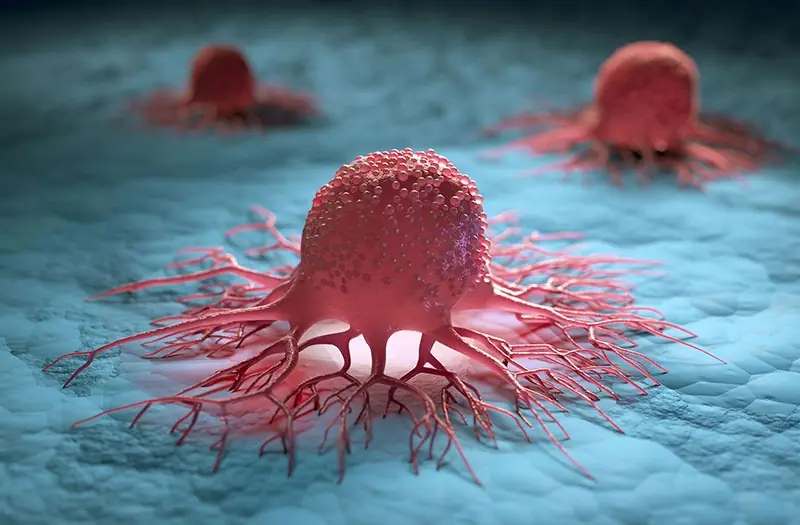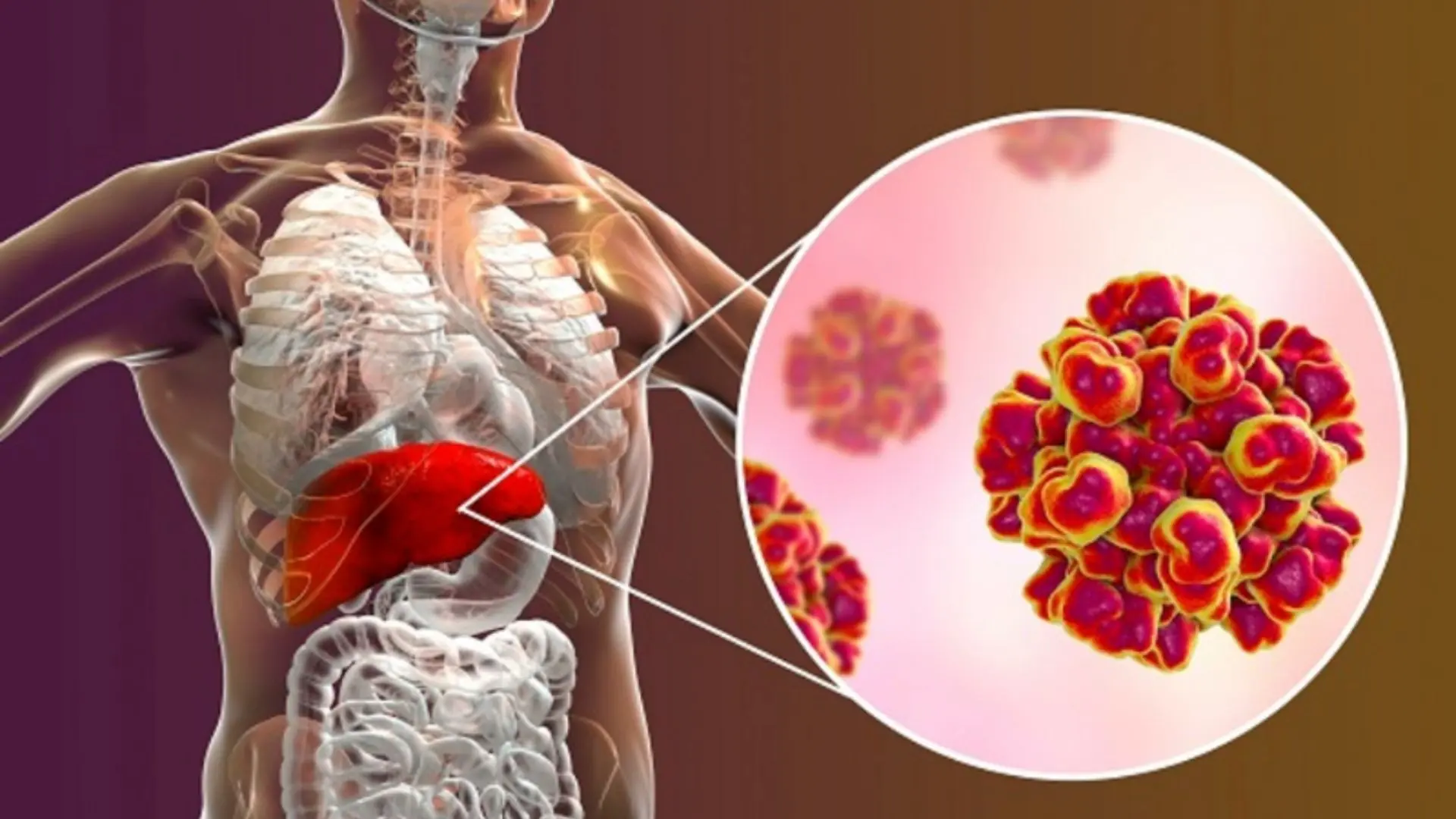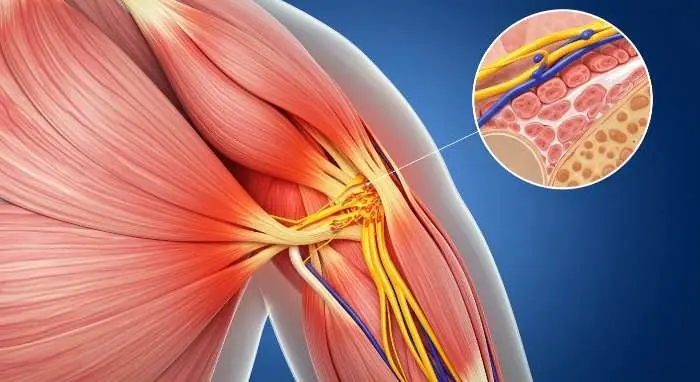
Fig Leaves: Surprising Benefits and Uses
The Remarkable Benefits and Uses of Fig Leaves (Ficus carica)
While the fig tree (Ficus carica) is celebrated for its sweet and succulent fruit, its leaves are an often-overlooked treasure trove of health benefits and practical uses. Fig leaves have been used in traditional medicine across cultures for centuries and are now gaining recognition in modern wellness circles. Rich in nutrients and bioactive compounds, fig leaves offer medicinal, culinary, and cosmetic value—making them a versatile and sustainable natural remedy.
Nutritional Profile of Fig Leaves
Despite their humble appearance, fig leaves are packed with essential nutrients and healing compounds. Here’s what makes them so beneficial:
-
Vitamins: Fig leaves contain vitamins A, B1 (thiamine), and B2 (riboflavin). These support healthy vision, skin renewal, energy metabolism, and cellular function.
-
Minerals: Abundant in calcium, magnesium, potassium, and phosphorus—key elements for maintaining strong bones, nerve function, and electrolyte balance.
-
Dietary Fiber: High in fiber, fig leaves aid digestion and contribute to blood sugar regulation.
-
Antioxidants: Rich in flavonoids, phenolic acids, and alkaloids that combat oxidative stress, reduce inflammation, and support immune health.
Top Health Benefits of Fig Leaves
1. Blood Sugar Regulation
One of the most well-known benefits of fig leaves is their natural antidiabetic effect. They help:
-
Improve insulin sensitivity.
-
Reduce post-meal blood glucose spikes.
-
Support long-term glucose management when used regularly as tea or extract.
2. Cardiovascular Health Support
Fig leaves contribute to heart health in multiple ways:
-
Cholesterol Reduction: Certain compounds help lower LDL (bad cholesterol) while maintaining HDL (good cholesterol).
-
Blood Pressure Balance: Their potassium content helps control sodium levels and supports vascular relaxation, promoting stable blood pressure.
3. Digestive Health
Thanks to their high fiber content and anti-inflammatory compounds, fig leaves:
-
Promote regular bowel movements.
-
Alleviate symptoms of indigestion and constipation.
-
Offer relief for gastrointestinal disorders like IBS and gastritis.
4. Anti-Inflammatory and Pain Relief
Fig leaves contain natural anti-inflammatory agents that:
-
Ease symptoms of arthritis and joint pain.
-
Help reduce internal inflammation linked to chronic conditions.
-
Support immune modulation.
5. Weight Management Aid
Drinking fig leaf tea may aid weight loss efforts by:
-
Enhancing fat metabolism.
-
Suppressing appetite naturally.
-
Supporting hormonal balance related to fat storage.
6. Skin Health Booster
Antioxidants in fig leaves protect the skin from environmental damage and premature aging. They are also useful in:
-
Treating acne, eczema, and psoriasis.
-
Soothing rashes and allergic reactions.
-
Reducing fine lines and enhancing skin tone with topical application.
7. Respiratory Health
Traditional remedies use fig leaves for managing:
-
Bronchitis, asthma, and chronic cough.
-
Steam inhalation with boiled fig leaves helps clear mucus and open airways.
8. Bone Strength and Maintenance
The high levels of calcium, magnesium, and potassium support bone mineral density, reducing the risk of:
-
Osteoporosis.
-
Age-related bone degeneration.
9. Liver and Kidney Detoxification
Fig leaf decoctions are believed to help:
-
Flush toxins from the liver and kidneys.
-
Improve overall organ function when used as part of a balanced herbal regimen.
10. Antibacterial and Antiviral Effects
Emerging research shows that fig leaf extracts may inhibit the growth of certain pathogens, adding to their value as a natural remedy.
Culinary Uses of Fig Leaves
Though not commonly found in every kitchen, fig leaves can elevate the flavor and presentation of various dishes:
1. Fig Leaf Tea
-
Boil fresh or dried fig leaves for 5–10 minutes to make a soothing tea.
-
The tea has a mild, slightly sweet, earthy taste and is ideal for relaxation, digestion, and blood sugar support.
2. Food Wrapping
-
Similar to grape leaves, fig leaves can wrap foods like rice, meats, or fish.
-
When steamed or baked, they impart a unique coconut-vanilla aroma and nutty flavor.
3. Flavor Infusion
-
Steep fig leaves in milk, cream, or syrups to infuse them with a delicate, tropical scent.
-
Perfect for desserts such as ice cream, custard, and panna cotta.
4. Oil Infusions
-
Infuse fig leaves in olive oil to create aromatic dressings or marinades with a herbal twist.
Traditional and Medicinal Uses
Topical Applications
-
Wound Healing: Crushed fig leaves or extract can be applied to cuts and abrasions to promote healing.
-
Skin Relief: Used to calm itching, rashes, and inflammatory skin issues.
Hair and Scalp Care
-
Fig leaf extract is used in herbal shampoos and masks to:
-
Reduce dandruff.
-
Stimulate healthy hair growth.
-
Balance scalp oil production.
-
Detox and Internal Cleansing
-
Fig leaf decoctions are traditionally consumed to support detoxification pathways and promote a healthy liver.
How to Prepare Fig Leaves for Use
Drying
-
Wash and air-dry the leaves in a shaded, well-ventilated area.
-
Once dried, store them whole or crush into powder for tea and poultices.
Making Extracts
-
Boil leaves to create a concentrated herbal extract for internal or external use.
Fresh Use in Cooking
-
Use freshly harvested fig leaves as wraps or as a cooking ingredient for flavor infusion.
Precautions When Using Fig Leaves
-
Latex Sensitivity: The white sap (latex) in fig leaves may cause skin irritation or allergic reactions in sensitive individuals. Wear gloves or wash your hands thoroughly after handling.
-
Moderation: Overconsumption may lead to nausea or digestive discomfort. Start with small doses and observe your body’s response.
-
Pregnancy and Nursing: Always consult a healthcare provider before using fig leaves during pregnancy or while breastfeeding.
Growing and Harvesting Fig Leaves
Fig trees thrive in warm, sunny climates and are relatively easy to cultivate:
-
Harvesting: Pick mature, healthy leaves—usually in late spring or summer.
-
Storage: Store fresh leaves in a sealed bag in the refrigerator for up to a week, or dry them for long-term use.
Conclusion
Fig leaves are a hidden gem in the world of natural remedies and culinary ingredients. Rich in nutrients, antioxidants, and medicinal compounds, they offer a wide range of benefits—from regulating blood sugar and boosting skin health to enhancing your cooking. Whether you steep them into a calming tea, use them as a flavor-rich food wrap, or apply them topically, fig leaves are a powerful, sustainable addition to your wellness and lifestyle routine. With thoughtful use and preparation, this often-overlooked leaf can play a vital role in your journey toward better health.
News in the same category


SARS-CoV-2 Infection Tied to Early Vascular Aging

These Foods Cause Insomnia

How To Get Rid of Phlegm And Mucus

Most people eat these 7 meats daily — here’s why you shouldn’t

1 herb being called a miracle for liver, blood sugar, and blood pressure

Dr. Nick Norwitz Eats Over 700 Eggs in a Month to See What Happens

Elon Musk unveils new AI project that could recreate Microsoft’s entire business operations

Do Not Ignore These 10 Warning Signs That Your Kidneys May Be In Danger

If Your Body Suddenly Jerks While Falling Asleep, This Is What It Means

If You Eat Eggs Every Day

Vegetables To Clean Your Arteries And Prevent Heart Attack

Pain in This Part of the Body Could Indicate Cancer Cells are 'Awakening' – Both Men and Women Shouldn't Ignore It

10 Unconventional Signs of Liver Damage You Must Know About

14 Early Warning Signs You're Dangerously Low on Magnesium

How To Get Rid Of Phlegm and Mucus In Chest and Throat

Burnout: Tips for Coping When You Can’t Just Quit

Beautifully Unbroken: Living Fully and Imperfectly With Bipolar

How to Get Rid of Muscle Soreness: Home Remedies That Really Work

15 Common Cancer Symptoms You Shouldn’t Ignore
News Post

How Can Europe Reduce Heat Deaths Amid Rising Temperatures?

SARS-CoV-2 Infection Tied to Early Vascular Aging

These Foods Cause Insomnia

How To Get Rid of Phlegm And Mucus

Most people eat these 7 meats daily — here’s why you shouldn’t

1 herb being called a miracle for liver, blood sugar, and blood pressure

Proposed Law Would Give Cognitive Fitness Tests To Elderly U.S. Lawmakers

Apple Agrees to Pay Out Users From $95,000,000 Fund After Lawsuit Accused Siri of Listening to Private Conversationsa

Dr. Nick Norwitz Eats Over 700 Eggs in a Month to See What Happens

How she got her wealth might surprise you too 👀

Doctors uncover knife unknowingly lodged in man's chest for 8 years in insane discovery

Elon Musk unveils new AI project that could recreate Microsoft’s entire business operations

Arkansas woman accidentally discovers $27,000 dollars after kicking 'spiderweb' in park

Exactly how virus carried by 'Frankenstein' rabbits growing black 'tentacles' spreads following urgent warning from experts

The Elders' Teachings Are Not Wrong: "The Kitchen Should Not Face Three Directions, and the Bed Should Not Be Placed in Three Locations"

5 Types of Plants That Snakes Love: If You Plant Them in Front of Your House, Remove Them Immediately Before It’s Too Late

If Your Non-Stick Pan Has Lost Its Coating, Don’t Rush to Throw It Away. Follow This Trick to Turn Your Old Pan Into a Like-New One.

Cooking Oil Often Splashes When Frying? Add This Ingredient to the Pan, and You Won't Have to Worry About Oil Splattering or Sticking to the Pan

Is It Correct to Close the Door When Using the Air Conditioner? Here Are 5 Mistakes That Can Cause Your Electricity Meter to Increase 2-3 Times

